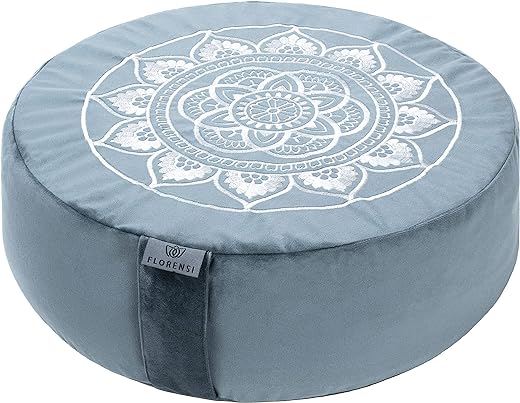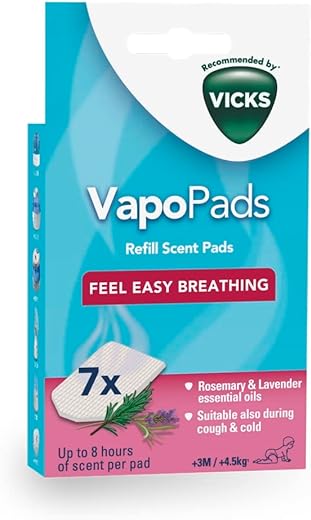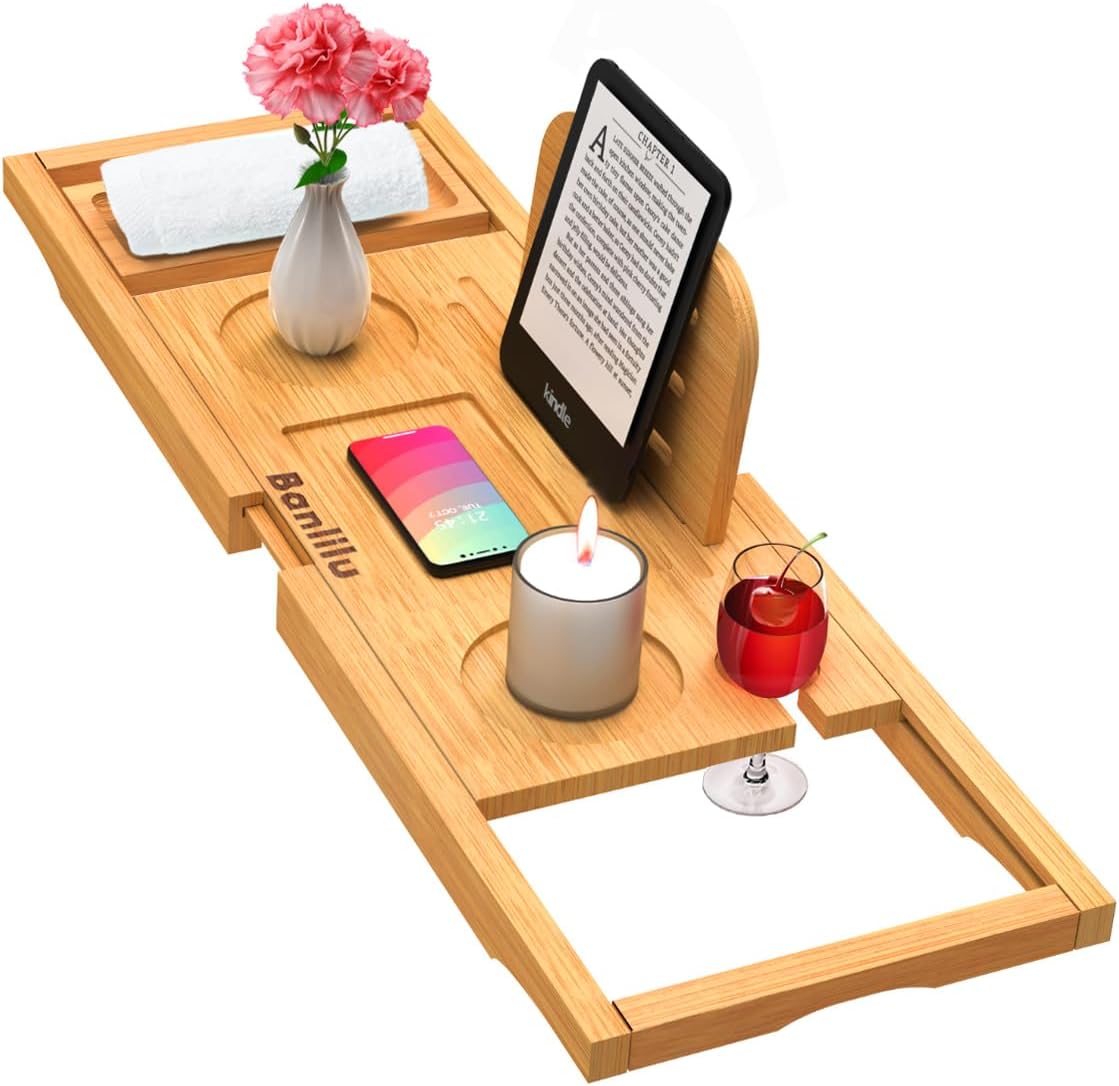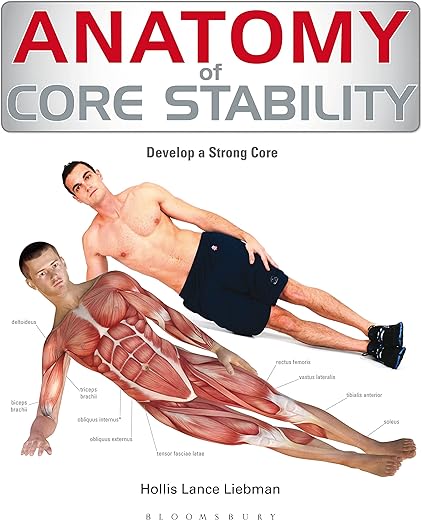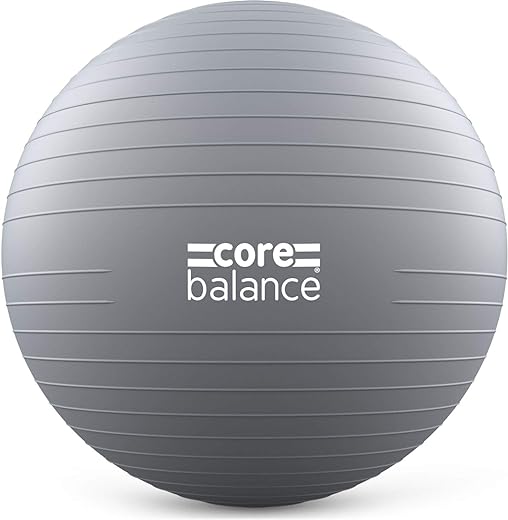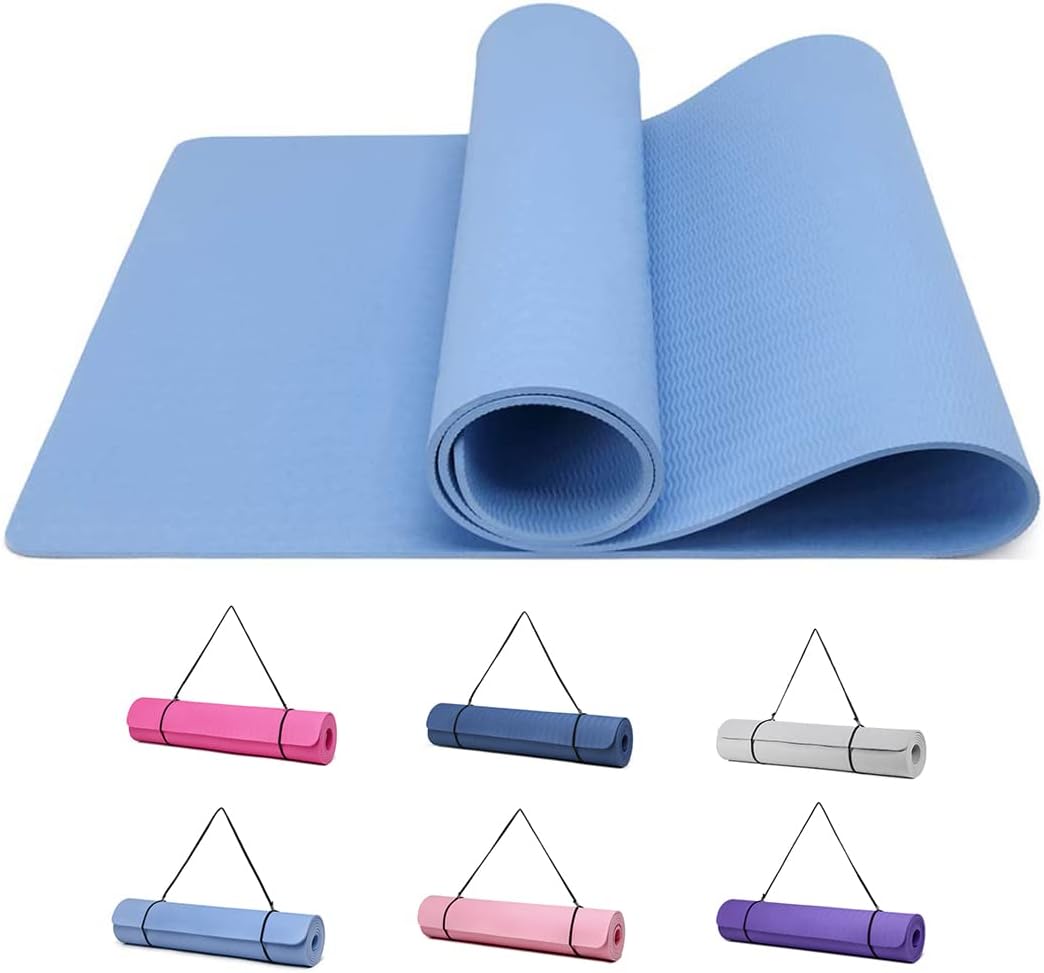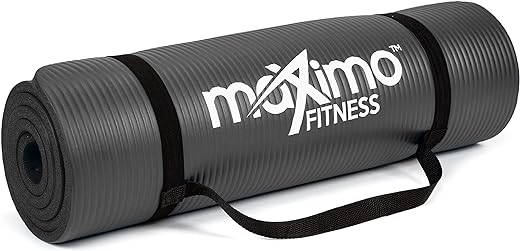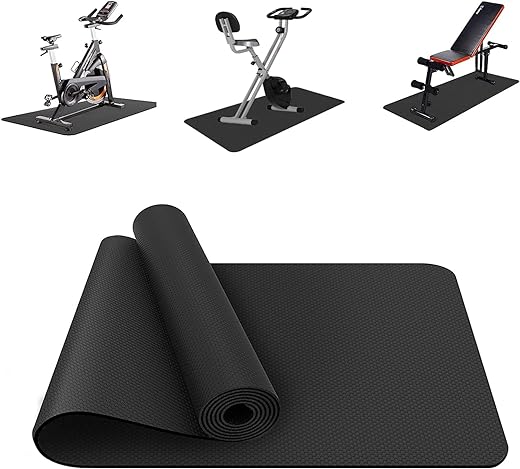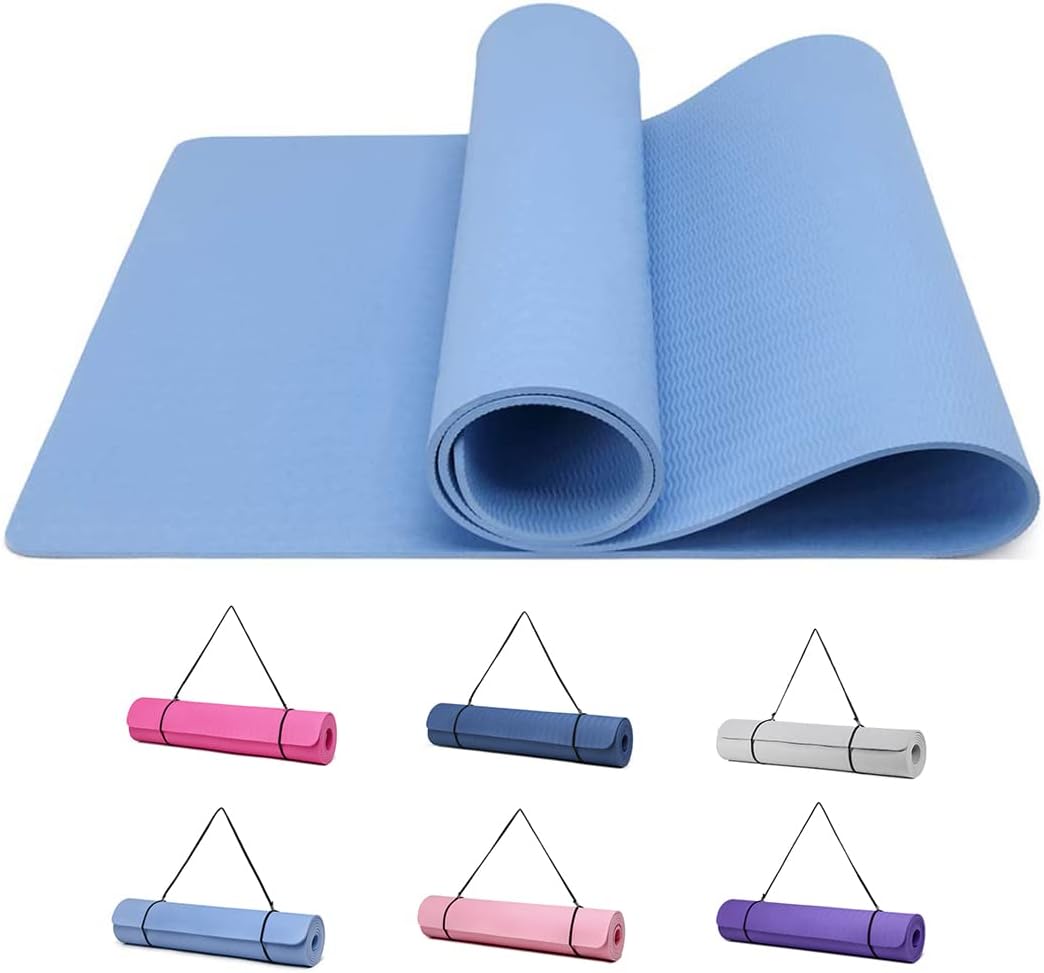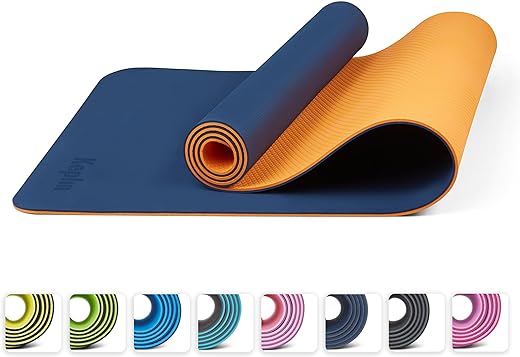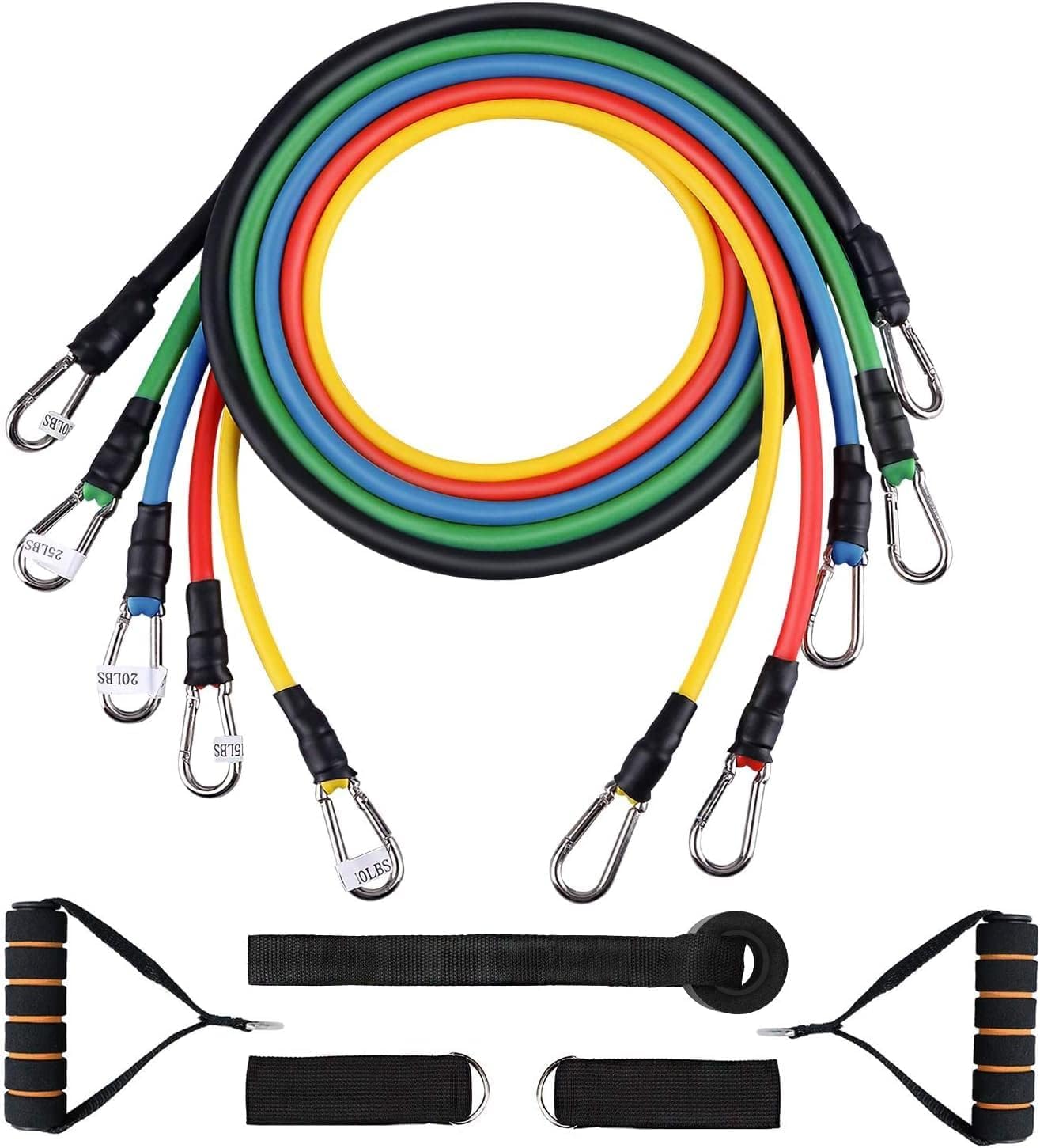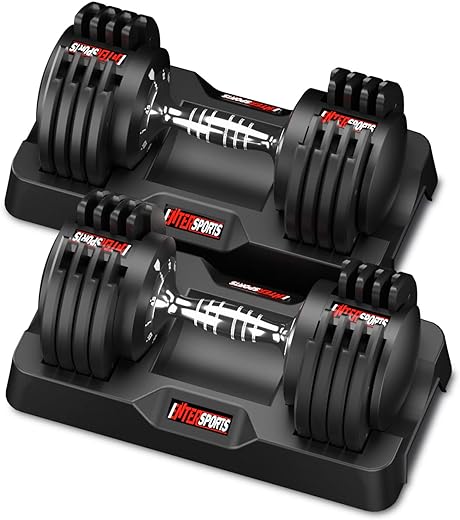In the realm of home improvement, enhancing a property’s visual appeal on a budget and mastering the use of hand tools are two essential aspects that empower homeowners and DIY enthusiasts alike. ‘Budget Curb Appeal’ focuses on cost-effective strategies to elevate exterior aesthetics without significant financial investment, while the ‘Hand Tools Guide’ provides insight into the tools and techniques necessary for effective DIY projects. This comparison explores how these two elements not only complement each other but also serve as foundational components for successful home enhancement endeavors.
DIY Homeowners
8.2
Budget Curb Appeal Projects” offers concise and practical guidance for enhancing your home’s exterior with quick, budget-friendly improvements. Featuring step-by-step instructions, necessary tools, and safety tips, this book enables you to transform your entryway in no time.
Tool Mastery
8.3
The “Guide to Hand Tools: Selection, Safety Tips, Proper Use and Care” offers essential insights on a variety of hand tools, emphasizing safe usage, maintenance practices, and the importance of replacing damaged tools. Endorsed by the Hand Tools Institute, this comprehensive booklet is designed to enhance tool safety and efficiency in various applications.
Budget Curb Appeal
Purpose
Focuses on enhancing the exterior of the home with DIY projects.
Content Type
Includes step-by-step instructions and project ideas with visual aids.
Target Audience
Homeowners looking to improve their home’s appearance affordably.
Visual Aids
Features color photos to guide readers through projects.
Safety Emphasis
Mentions safety concerns relevant to home improvement projects.
Hand Tools Guide
Purpose
Provides information on selecting, using, and maintaining hand tools.
Content Type
Contains safety tips and guidelines on proper tool usage without specific project instructions.
Target Audience
Tool users and professionals seeking safety protocols and tool care.
Visual Aids
Uses caricatures to illustrate correct and incorrect tool usage.
Safety Emphasis
Focuses extensively on safety standards and practices for handling tools.
Budget Curb Appeal
PROS
- Comprehensive Guidance: Provides detailed instructions for various projects, making it easy for DIY enthusiasts to enhance their entryway effectively
- Safety Awareness: Includes safety concerns, ensuring that users can complete projects while minimizing risks
- Essential Resources: Lists necessary tools and materials, helping users plan and organize their projects efficiently
Hand Tools Guide
PROS
- Effective teaching tool for new hires
- Clarifies common misconceptions about tool use
- Emphasizes safety and proper techniques
Budget Curb Appeal
Drawbacks
- Limited Scope: The focus on budget-friendly projects may not cater to homeowners seeking high-end renovations or significant transformations
- Safety Concerns: While it mentions safety, the detailed instructions may not sufficiently address potential hazards associated with DIY projects, leading to risks for inexperienced individuals
Hand Tools Guide
Drawbacks
- Limited practical examples for real-world scenarios
- May not cover advanced tools or techniques for experienced users
Comparison
| Feature | Budget Curb Appeal Projects | Guide to Hand Tools |
|---|---|---|
| Purpose | Enhance entryway aesthetics through DIY projects | Provide comprehensive knowledge on hand tools |
| Target Audience | Homeowners and DIY enthusiasts looking to beautify their entryways | Hobbyists and professionals seeking hand tool expertise |
| Unique Selling Points (USPs) | Step-by-step instructions, cost-effective solutions, safety tips | Tool selection guidance, maintenance tips, comprehensive usage |
| Safety Focus | Emphasis on DIY safety precautions | In-depth safety tips and handling instructions |
| Tools & Materials Needed | Lists necessary tools/materials for each project | Details on selecting and maintaining hand tools |
| Skill Level Required | Beginner-friendly, suitable for all ages | Varied; some tools require advanced skills |
| Visual Aids | Includes images and diagrams to guide users | Contains illustrations for tool types and maintenance |
| Overall Cost | Budget-friendly, with clear cost breakdowns | No direct costs; focuses on tool investment |
| Conclusion | Gives actionable projects for immediate aesthetic improvement | Equips users with the knowledge to choose and care for tools |
Unique Selling Points (USPs)
Budget Curb Appeal Projects:
- Detailed, step-by-step instructions tailored for DIY improvements.
- Focuses on budget-friendly ideas, perfect for cost-conscious homeowners.
- Directly addresses potential safety concerns during DIY projects.
Guide to Hand Tools:
- Comprehensive guide on tool selection to maximize effectiveness.
- Emphasizes proper usage and care to extend tool life.
- Includes best practices and safety tips which cater to both beginners and experienced users.
Similarities
- Both products emphasize safety and proper handling.
- Each serves a particular group—home improvement enthusiasts and tool users.
- They provide practical information that can be immediately applied.
Pros and Cons
Budget Curb Appeal Projects Pros:
- Easy-to-follow customizeable instructions.
- Immediate aesthetic impact on home exterior.
Budget Curb Appeal Projects Cons:
- Limited to specific projects which might not appeal to everyone.
- Requires availability of certain tools/materials.
Guide to Hand Tools Pros:
- Comprehensive coverage of various hand tools and their purposes.
- Great for building knowledge that encourages informed purchasing.
Guide to Hand Tools Cons:
- Doesn’t directly offer DIY projects; less visually engaging.
- Might overwhelm beginners with too much technical information.
Use-Cases
- Budget Curb Appeal Projects: Ideal for homeowners wanting to enhance their property’s appearance without significant investment or professional help.
- Guide to Hand Tools: Essential for new tool owners or those looking to refine their skills and maximize their tools’ potential.
Conclusive Assessment
There isn’t an absolute winner between the two products, as they cater to different user needs. If your goal is to improve your home’s curb appeal on a budget, then the Budget Curb Appeal Projects is the more suitable choice. Conversely, if you’re seeking knowledge about tool usage and maintenance, the Guide to Hand Tools excels in that domain.
Final Summary
In summary, if you’re aiming for actionable DIY projects that enhance your home’s aesthetics, the Budget Curb Appeal Projects will serve you well. On the other hand, if you’re looking to gain a comprehensive understanding of hand tools for either personal use or professional application, the Guide to Hand Tools is the superior option. Assess your priorities and choose accordingly for the best experience based on your specific needs.
Essential Safety Tips for Alternative Home Improvement Tools
Home Improvement Tool Safety Tips: Comparing Products
When it comes to home improvement, ensuring safety in using tools is paramount. This guide outlines general guidelines and key factors to consider when comparing products in the “Home Improvement Tool Safety Tips” category, focusing on two illustrative examples: Budget Curb Appeal and Hand Tools Guide.
Key Factors to Consider
1. Product Purpose
Understanding the primary purpose of the product can guide your selection process:
- Budget Curb Appeal: Focuses on affordable ways to enhance the aesthetics of your home exterior.
- Hand Tools Guide: Concentrates on the selection and safe use of various hand tools for home improvement tasks.
2. Safety Features
Safety is a critical element to evaluate in any tool or guide:
- Look for products that highlight protective features (e.g., safety guards on power tools).
- Consider tools with ergonomic designs to minimize strain and reduce the risk of accidents.
3. Material Quality
Assess the quality of materials used in tools and guides:
- Higher quality materials typically translate to better durability and safety.
- Ensure that any provided instructions or tips within the guide are clear and from reputable sources.
4. User Skill Level
Tailor your tool selection to your skill level:
- Beginner-friendly guides: Look for products that offer easy-to-follow safety tips and instructions.
- Advanced users: Choose specialized guides that cater to more experienced individuals, focusing on advanced techniques and safety protocols.
Critical Details
Pricing and Value
- Compare the cost of similar products while evaluating the value they offer.
- Determine if the higher price reflects enhanced safety features or better support and guidance.
Reviews and Ratings
- Look for user reviews that specifically comment on safety features and overall effectiveness.
- Check trusted platforms for product ratings to gauge reliability and usability.
Instructional Support
- Assess the quality of instructional support offered—are there clear step-by-step guides, videos, or FAQs?
- Ensure the product comes with comprehensive literature on safe usage practices.
Benefits of Comparing Products
- Informed Decision-Making: Gain clarity on the best options available, ensuring you choose tools that meet your needs safely.
- Improved Safety Practices: By understanding the safety features and guidelines, you can significantly reduce the risk of accidents while using tools.
- Enhanced Project Outcomes: Selecting the right tools increases your project’s success likelihood, yielding better results and curb appeal for your home.

